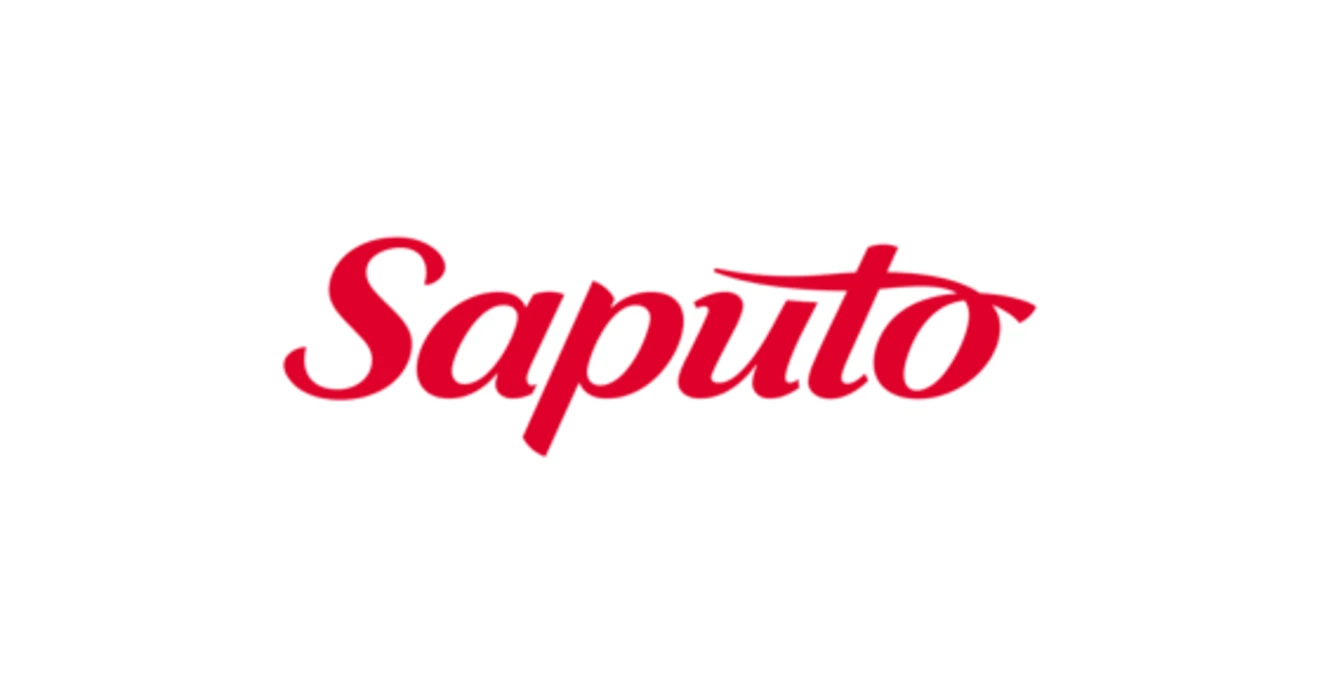Saputo Inc
Key Information
HQ:
Canada
Market Cap:
$8.63bn
Primary Market:
North America
Business Type:
Manufacturer
Company Information
Company Summary
Saputo Inc is a Canadian dairy company and is one of the top 10 largest dairy processors in the world. It produces, markets and distributes a wide range of dairy products including cheese, milk, cream products, and cultured products. It is the top dairy processor in Australia and the second largest in Argentina. In the US, it is one of the top three cheese producers. In addition to its dairy portfolio, Saputo produces, markets, and distributes a range of dairy alternative cheeses and beverages.
Revenue
Total revenue:
$13.5bn
Revenue by Geography
Revenue by Segment
Revenue by Protein
Revenue by Product Type
Active Projects

Coller FAIRR Protein Producer Index
Multiple themes
Previous Projects

Sustainable Proteins Engagement
Alternative Proteins
Disclosures
CDP ScoresLast Reviewed: 16/10/2024
| CDP Climate | CDP Forests | CDP Water |
|---|---|---|
| Yes | Yes | Yes |
Science Based Target initiativeLast Reviewed: 16/10/2024
| Target classification | Status | Date |
|---|---|---|
| Has not set SBT | Committed | 2023 |